Ageless, beautiful, perfect, at least this is how other races often see elves.
Elves are a humanoid race native to the Feywild and Ghaile. They are the mortal descendants of the Leshae and have inherited their fey parent's beauty, grace, and adaptability. Elves are known for their incredibly long lifespans, natural beauty, and a unique genetic structure that allows them to adapt to their environments.
Following the Golden Insurgence and the banishment of Rahadoum, the gods of the time decreed that their servitor races shall be made mortal and released to do as they wished. The Leshae, children of Kyralin but staying in the First World with Syllian, were transformed into elves. These elves would stay in the First World for many years before making a migration to the Prime-Material Plane. Once there, they managed to become a major influencer in the history of many parts of the world.
Elves are highly influenced by their fey ancestry. Their bodies have alluring but inhuman proportions, their diets are influenced by surrounding wildlife and other food makes them sick, and they're capable of extremely rapid jumps of evolution.
Basic Information
Elves are humanoid in structure, with a pair of arms and a pair of legs. Most are very thin and find it difficult to put on any weight. This combined with their tall stature leads many humans to think that they have alien-like bodies. Their bones look stretched compared to a human's and their skeleton as a whole is less wide.
At my table, a "standard elf" can be created using the normal
Pathfinder 1e elf stats. However, each elven subrace will have its own racial traits as detailed on their own page.
Elves are highly in tune with their surroundings, likely due to their fey ancestry. As such, they possess a unique form of evolution which accelerates their rate of adaptation.
During gestation, a period that lasts about two years, an elven fetus will become incredibly connected to the natural ley energies of the area around them. These energies will shape and mold the elf's DNA to give it more beneficial traits. This can lead to, by human standards, incredible differences between parent and offspring.
After about a generation, the children may have different skin colors to better withstand solar radiation. After two generations, the children might have radically changed metabolisms allowing for increased muscle growth or higher brain functions. After three generations, the children might not resemble their ancestors at all, with new appendages, organs, and innate magical abilities. This allows elves to grow accustomed to new areas relatively quickly despite their long lifespan and low reproductive rate. Due to this unique trait, a number of elven subspecies have evolved in the relatively short amount of time they've existed.
Some elves have also figured out ways to harness their natural adaptability and change their form post-birth. These abilities are often used by members of the Chrysalis Covenant and were used by the ancestors of the
Eifelian Elves.
The question of how an elf grows is sometimes brought up by shorter-lived races. Many wonder if elves remain in a young form for decades or if they mature similarly to humans or other races. In truth, elves mature very similarly to humans, only slightly slower.
Elves grow up at about the same rate as humans and reach full physical maturity at 20. However, many elven societies don't consider an elf to be a true adult until the end of their first century.
Perhaps due to their fey origin, elves have a semi-strict diet. Elven bodies are naturally connected to the land around them and as such, usually derive their best diet from nearby naturally available sources. It's been recorded that food coming from areas vastly different to the home of an elf has a tendency to make them sick, though it's not indigestible. This can often lead to a stereotype that elves are picky eaters or think their food is better than the food of surrounding settlements. It has been seen that given enough time, an elf is capable of adapting to a new diet at the expense of losing their old one.
Besides subtle signs of aging, elves do not typically show much variation in their form once maturity is reached. The eladrin are a race of elves more closely related to the elf's leshae ancestors. These elves show extreme emotional, magical, and even physical shifts with the changing of the seasons.
Additional Information
Like many other fey and fey descendent creatures, the ears of many elves come to a sharp point. The length of their ears and severity of the point greatly changes from subspecies to subspecies. One notable exception to this trait is the
Kor, a race of high flying grey-skinned elves native to the floating islands of Kyr. These elves lack any pointed ears and instead, males have several fleshy barbels hanging from their chin.
Elves have used their huge lifespans and powerful magics to inhabit all of Ghaile's planar-system.
Elves have, by comparison to humans, incredibly fine senses. Many are capable of seeing in areas of low-light with some being able to see in pitch blackness. They also possess larger areas of the brain responsible for sensory input and an overall increase in sensory nerves around the body. This gives them much more information about the world around them compared to humans.
Civilization and Culture
Typically elves view themselves as above other mortal races. While not to an evil or even apathetic extent, they tend to view shorter-lived races as children and thus, not deserving of their respect. This is not universal though. Out of all of the most common races on Ghaile, they tend to get along least with dwarves who've always been too structured for most elves, who tend to view things in a care free way.
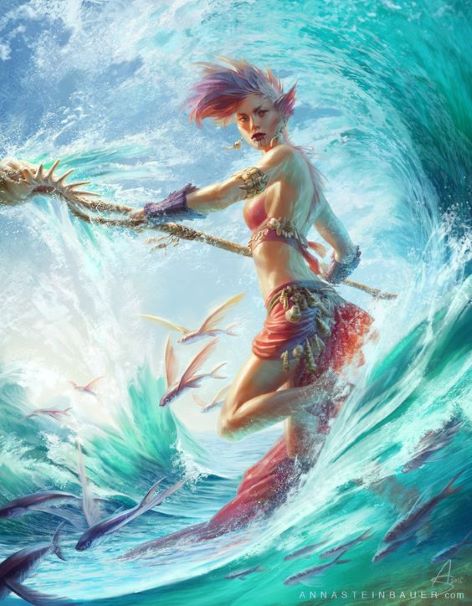
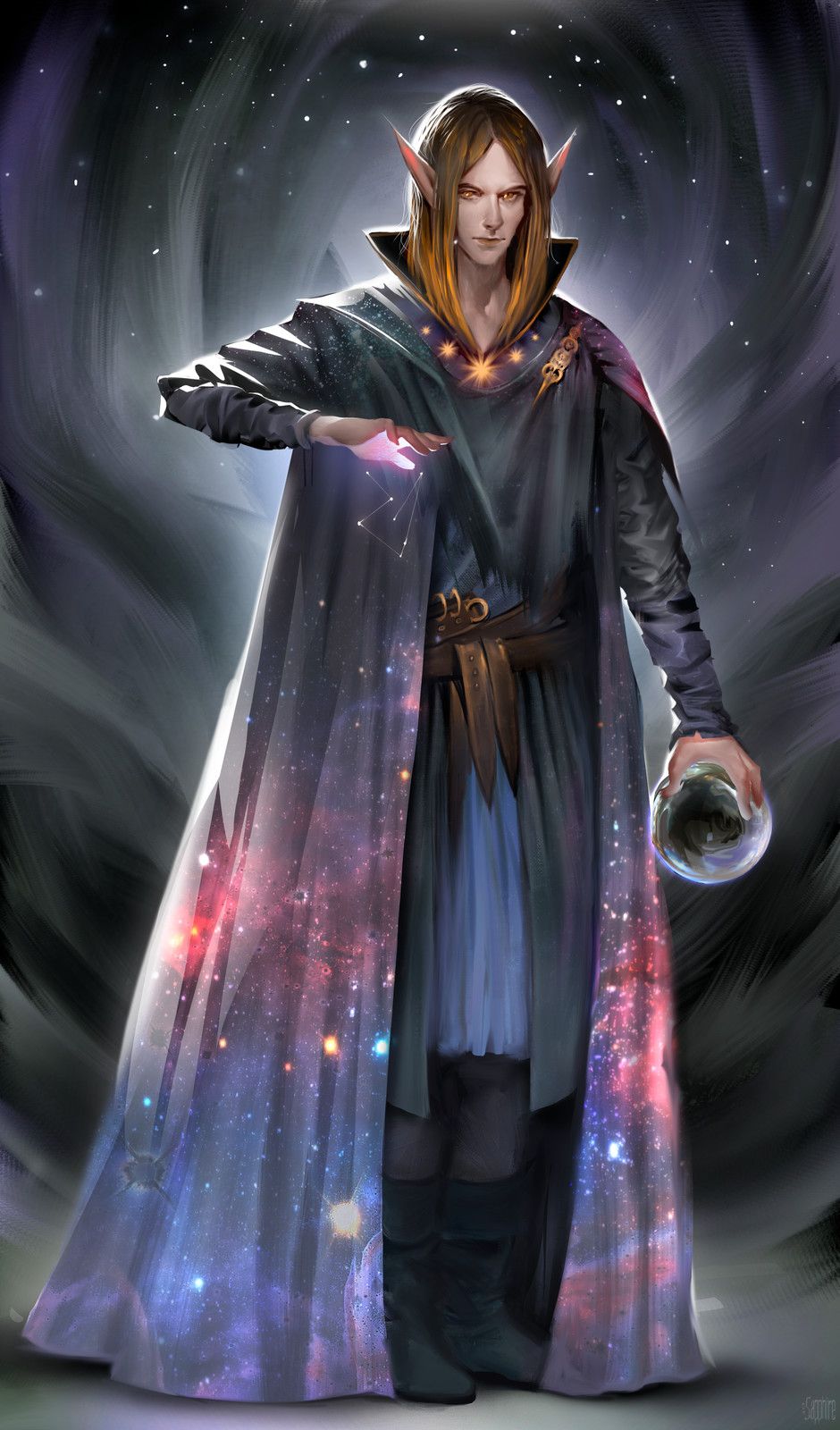
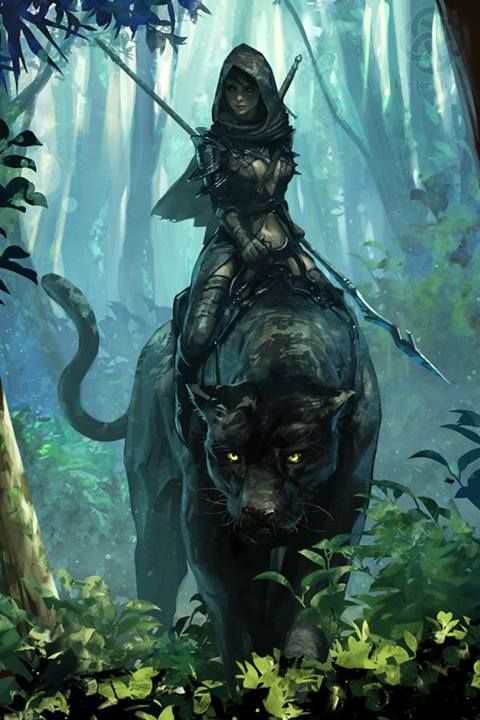

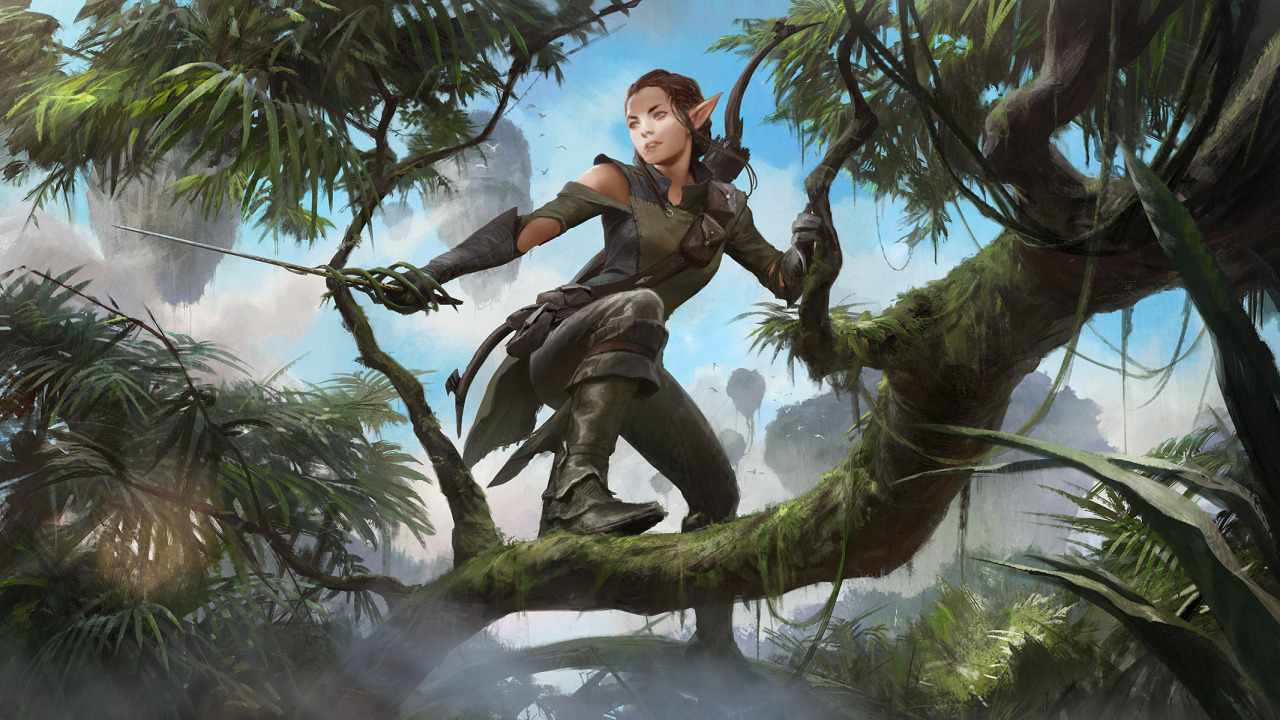
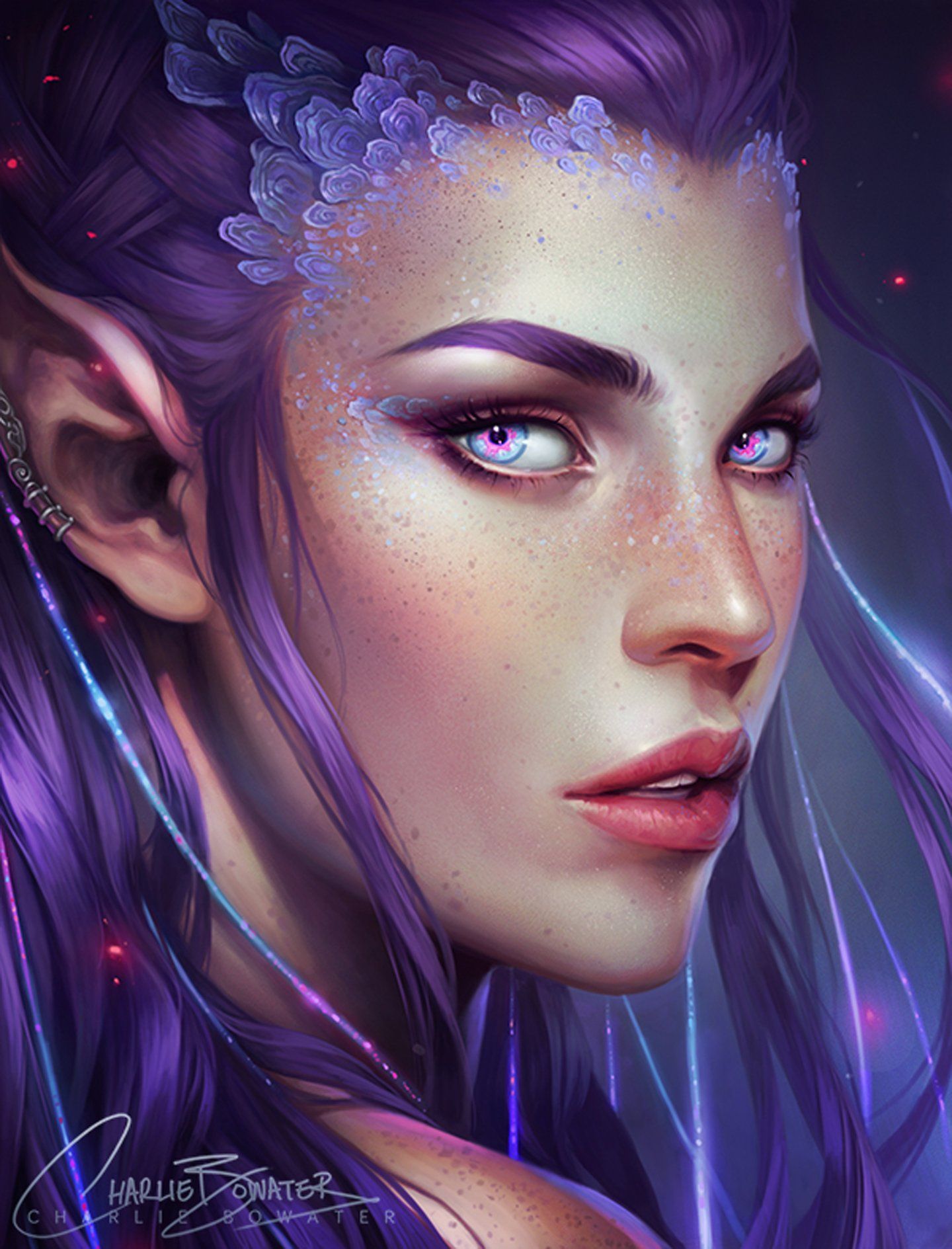
A beautiful article. The layout, css style, and pictures remind me of my own article, but with its own unique flair. I think it's fascinating and also believe you've done my favorite race justice. A wonderful read and very engaging.
Wow, thank you so much! Your articles are definitely an inspiration of mine. While I was at school, I never had enough time to do a lot of formatting, but I figured that I should finally take a shot at it. I literally had your page on elves open and I was just thinking "I really want my articles to look this good." That may be why it reminds you of your own lol. I'm glad you enjoyed it.
Consider me flattered. Your comment made my day. On further inspection, I would consider swapping the Aquatic Elf picture to the left side of the text, as the middle gets a bit blocky with images due to the sidebar, and under the 'Notable Elves' text, I would also consider a picture to help even it all out and finish it. Otherwise, if you were going for a good looking and engaging article, I would say you nailed it.
Thanks for the tips. It took a while, but I finally figured out how to have an image on the left and wrap it with text on the right. The solution was way simpler than anything I was trying in the editor lol. Thank you again for the kind words.